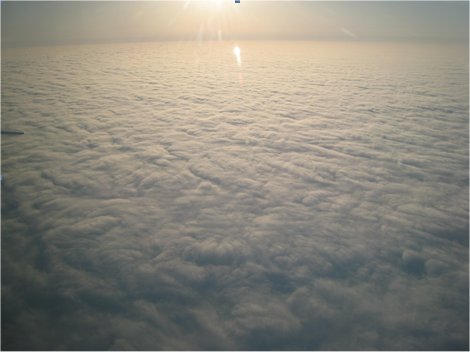Heating Up the Arctic: Most Complete Data Set Ever Collected Helps Scientists Understand Aerosol
Submitter:
Ghan, Steven J. — Pacific Northwest National Laboratory
Area of research:
Radiation Processes
Journal Reference:
Science
The Arctic is warming twice as fast as the rest of the Earth, and scientists now have more data to understand why. From Fairbanks to Barrow, Alaska, a team of researchers, including scientists from Pacific Northwest National Laboratory, found strong seasonal differences in the number of ice-forming particles in Arctic clouds. The results provide a more accurate picture of the number and types of aerosol particles on which cloud droplets and crystals form.
Impact
The measurements of the number, size, and composition of aerosol and cloud particles were collected over a span of 12 days during the month of April, by 41 state-of-the-art cloud and aerosol instruments on an aircraft. For more than 100 hours on a total of 27 aircraft flights, a variety of sampling patterns provided both vertical and horizontal distributions of the clouds and aerosols above Barrow, Alaska. These measurements during April complement aircraft data taken in a previous October. The team published the first scientific findings from this data set in the December 2010 issue of the Bulletin of the American Meteorological Society. These findings will enhance climate change predictions and modeling.
Summary
Arctic clouds and aerosols are thought to play important roles in the Earth’s energy balance and may influence the loss of sea ice. The persistence of these clouds near the Earth’s surface has long been a puzzle. The field measurements collected in this study provide the most complete cloud and aerosol data set ever collected over the North Slope of Alaska. This information can help explain the persistence of these clouds and the role aerosols play in their longevity.


